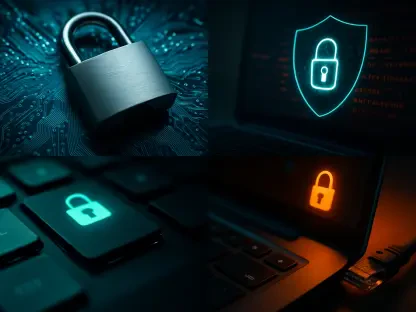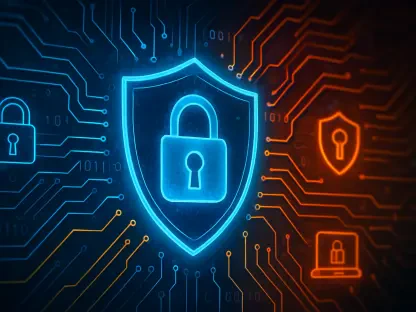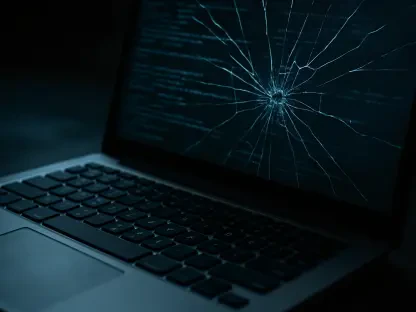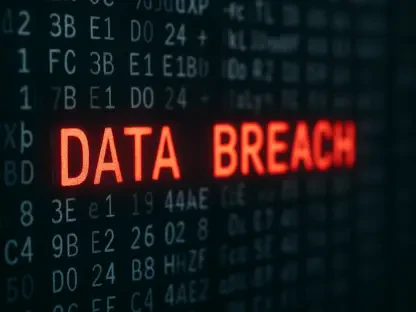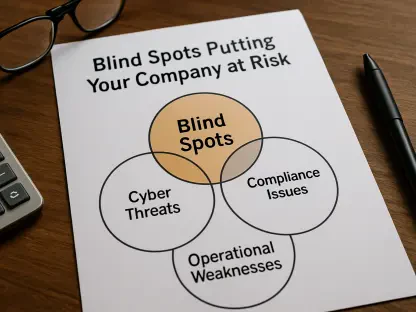Today, organizations are exposed to an increasing rate of cybersecurity attacks, intricate infiltration efforts designed by criminal networks, and militant activities by state-sponsored threat agents. However, it is not the time to be reactive. Instead, companies should tighten their cybersecurity policies to protect assets and build confidence with their customer and stakeholders. One of the best security approaches is Continuous Threat Exposure Management, which makes corporations observe their information technology environments, discover their vulnerabilities, mitigate their risks, and reduce downtime before attackers can compromise them. Enterprises should implement Continuous Threat Exposure Management, secure themselves, and achieve a strategic lead and maximum resilience against recurrent cyber threats.
Defining the Continuous Exposure Approach
This forward-thinking security approach allows firms to identify and correct vulnerabilities before they can lead to security breaches. Instead of waiting until after a breach has occurred to react, Continuous Threat Exposure Management allows constant, real-time focus on weak points that may exist within the business’s digital context.
The practice can provide leaders with an interactive view of the level of exposure within the ever-changing threat landscape. Continuous Threat Exposure Management offers numerous benefits:
Increased visibility into risk: This provides a holistic view of all potential attack paths across internal and external systems.
Lower likelihood of successful attacks: By identifying and addressing risks early, companies reduce their overall exposure and limit the damage from potential threats.
Better use of security resources: Allows security teams to focus on the most pressing issues instead of trying to address every vulnerability at once.
Improved incident response readiness: Enhances the organization’s ability to respond quickly and effectively when incidents occur.
The Five Essential Phases of Implementation
This real-time threat visibility method typically follows a five-phase process:
Scoping: Determine which business systems and digital assets should be included in the program. Set objectives and define measurable outcomes for the exposure management process.
Discovery: Continuously identify and inventory all systems, applications, and devices, both on-premises and in the cloud, to understand the whole attack surface.
Prioritization: Evaluate vulnerabilities and attack paths based on their likelihood of being exploited and the damage they could cause. Focus first on issues with the highest potential impact.
Validation: Use penetration testing, red teaming, and threat simulations to confirm whether attackers can exploit the identified risks.
Mobilization: Take coordinated action to address validated risks, including patching software, changing configurations, improving user access controls, or adding new security technologies.
This detailed process ensures enterprises move beyond static assessments and maintain continuous awareness of their exposure to cyber threats.
Addressing Internal and External Risk Vectors
External Attack Surface Management helps organizations identify vulnerabilities in exposed systems, such as web apps, cloud installations, and DNS configurations. Although this is a good place to start, Continuous Threat Exposure Management offers a broader one.
Unlike external attack surface management, continuous threat exposure management assesses threats within internal systems, employee endpoints, third-party connectivity, and legacy infrastructure. It considers attackers’ movement in the network at lateral levels, where the risk has not been exposed to the Internet but is still a critical point of vulnerability.
What Effective Exposure Management Looks Like
Any successful program integrates tools, workflows, and teams across the infrastructure to enable:
Real-time monitoring systems that identify vulnerabilities and misconfigurations as they appear.
Scheduled, in-depth security assessments that provide context about which risks matter most to the business.
Availability of cyber threat intelligence is order to ensure that organizations are able to counter shifting attacker strategies.
Integration capabilities with other tools, such as security incident monitoring systems and vulnerability scanners, and programs, to provide a seamless view and response.
Security Operations Center: The Nerve Center of Defense
The Security Operations Center plays a central role in the management of continuous threat exposure by facilitating monitoring and detection response activities. Some of the key responsibilities can be:
Threat detection and continuous monitoring through log analysis, anomaly detection, and traffic monitoring to identify indicators of compromise.
Vulnerability management through collaboration with other departments to identify and remediate high-risk weaknesses, helping to reduce the organization’s overall exposure.
Automation and system integration link defense tools to other security mechanisms, making the response quick and the policy consistent.
Strategic Challenges for the SOC to Overcome
Automate your company as much as possible to reduce alert fatigue. Focus on solving the most important threats to address the biggest problems.
Security Operations Center staff should receive adequate training and support to stay abreast of changing threats.
Close communication among the teams, risk management, and infrastructure guarantees a quicker response in either case.
Executive Support and the CISO’s Leadership Role
The Chief Information Security Officer is a senior-level executive accountable for creating and executing a program focused on information security. Their role involves:
Educating executive leadership on why proactive attack surface management is necessary in today’s threat landscape.
Aligning exposure management goals with business priorities, such as protecting critical systems, ensuring regulatory compliance, and reducing downtime.
Securing budget and resources to fund the tools, services, and staff required for effective cyber risk monitoring.
Oversee implementation and ensure continuous risk exposure control becomes an embedded process rather than a one-time initiative. Promoting a culture of shared responsibility for cybersecurity, from executives to frontline employees.
Making the Case to Leadership Teams
Organizations must do the following in order to win executive leadership support for exposure management:
Report on the financial and operational consequences of doing nothing, such as the average cost of a data breach, loss of productivity, loss of reputation, and government penalties.
Explain how the management of access points can be considered part of the digital transformation objectives, since the deployment of new technologies is done securely.
Make a feasible plan that includes the implementation steps, cost forecast, performance indicator, and projected ROI.
Show figures of peer benchmarks or case studies on how other organizations within the industry have succeeded with this method.
Personalize the messages to each of the stakeholders based on what is paramount to the user, whether it is being safe by lowering risks, meeting customers’ trust, or ensuring business continuity.
Budgeting Smartly for Continuous Threat Exposure Management
Scoping out a realistic budget involves balancing scope, tools, and staffing requirements. Here are the main factors that affect it:
Larger, more distributed networks require more monitoring and management resources.
Real-time monitoring tools and advanced threat simulations increase costs and improve visibility and effectiveness.
Collaborating with a managed security service provider can also be cheaper and labor-saving, particularly for corporations that lack the ability to build internally.
The heavily regulated industry organizations may require further reporting and wider auditing abilities.
Possible recommendations on cost-effective implementation:
Start with a small-scale program by paying attention to the vital systems, and gradually grow the program.
Find assets with the highest risk based on business value and historical incidents.
Compress infrastructure load using cloud-ready security capabilities.
Look for modular and scalable tools that can expand with the program, rather than locking yourself into limited enterprise agreements.
Conclusion: Turning Visibility Into Resilience
Modern security requires continuous management of exposure to threats in an environment characterised by their speed, complexity, and persistence. Companies making the transition to proactive defense are in a better position to avoid breaches, curtail operational risk, and safeguard customer faith.
Such a strategy does not just determine weaknesses; it fills them. It enables departments to share information smoothly, which especially benefits security teams. They gain visibility into all processes to make informed decisions and enable executive leadership to justify further strategic investments.


